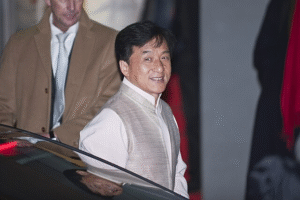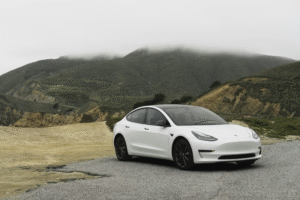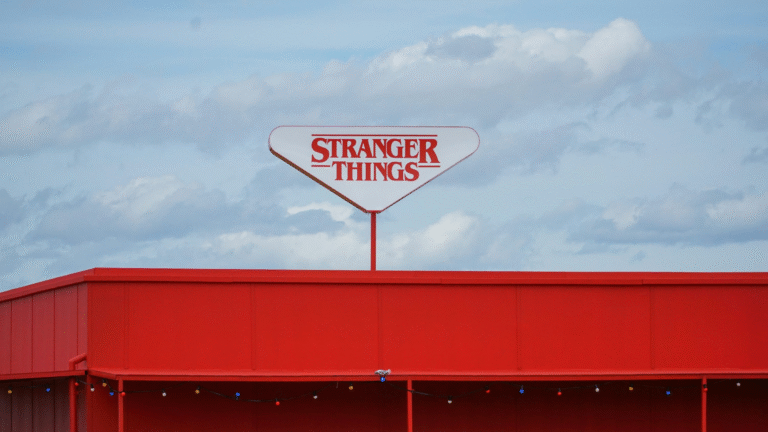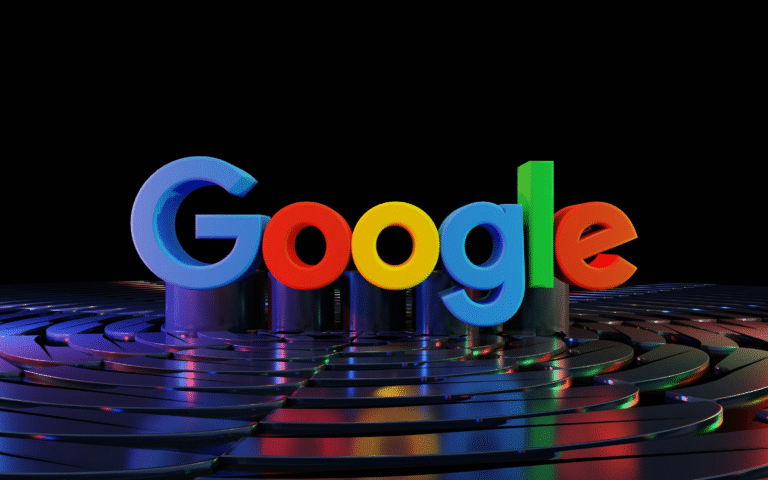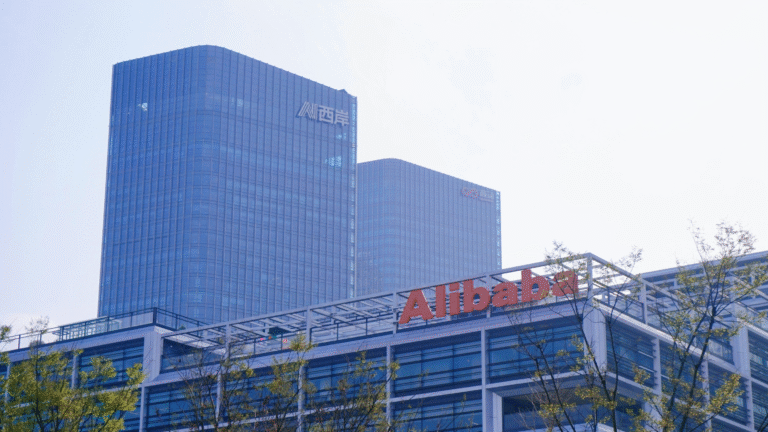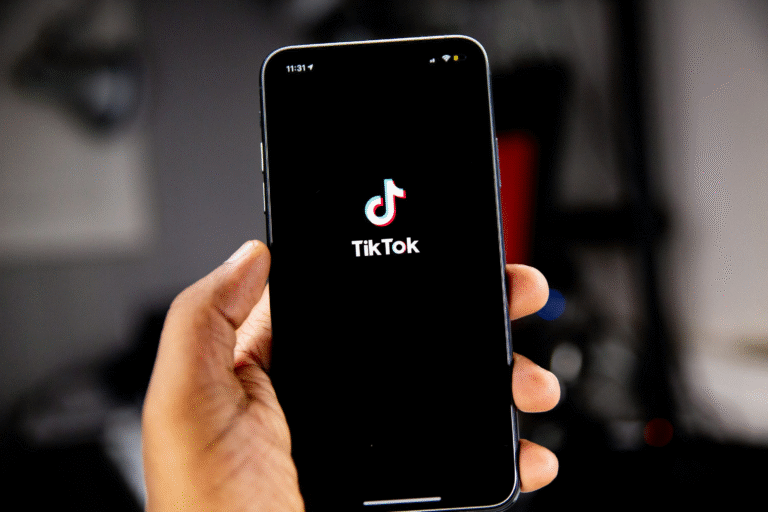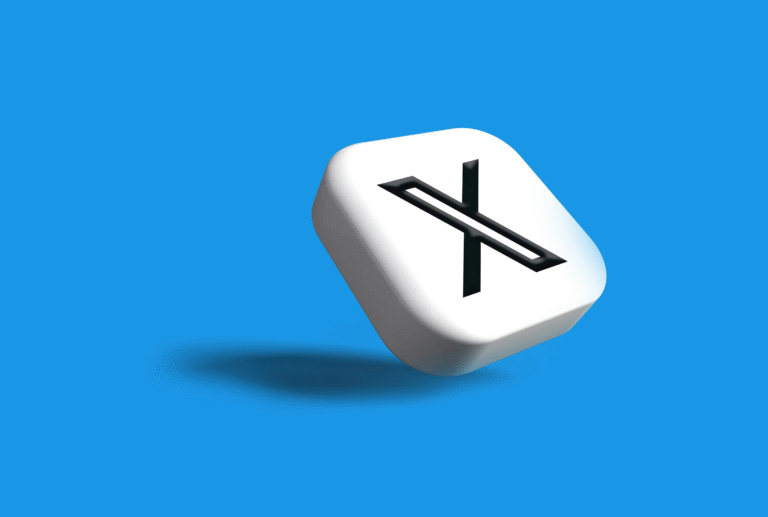Mondelez International, the famous company behind Oreo biscuits and Cadbury chocolates, is stepping into the future by using a new generative AI tool to make its advertisements faster and cheaper. The company hopes this modern technology will help it reduce the cost of producing marketing content by 30% to 50%, according to Jon Halvorson, the global senior vice president of consumer experience at Mondelez.
Over the past year, Mondelez has been working with the IT company Accenture to build this new AI tool. The aim is to make advertisements more efficiently and save time as well as money. The company plans to have the tool ready to make short TV ads that could appear as soon as next year’s holiday season, and perhaps even during the 2027 Super Bowl, which is one of the world’s most-watched television events. If this happens, it will mark a major change in how big brands create advertisements.
Halvorson revealed that Mondelez has already invested more than $40 million in developing this tool. He added that the savings from using AI will only grow in the future, especially as the system becomes advanced enough to make longer and more detailed videos. With rising tariffs and customers becoming more careful about their spending, companies like Mondelez are searching for smart ways to manage costs and keep their products appealing to buyers. Using AI is one such way to achieve this goal, as it helps reduce the high fees usually paid to advertising agencies and speeds up the process of creating marketing material.
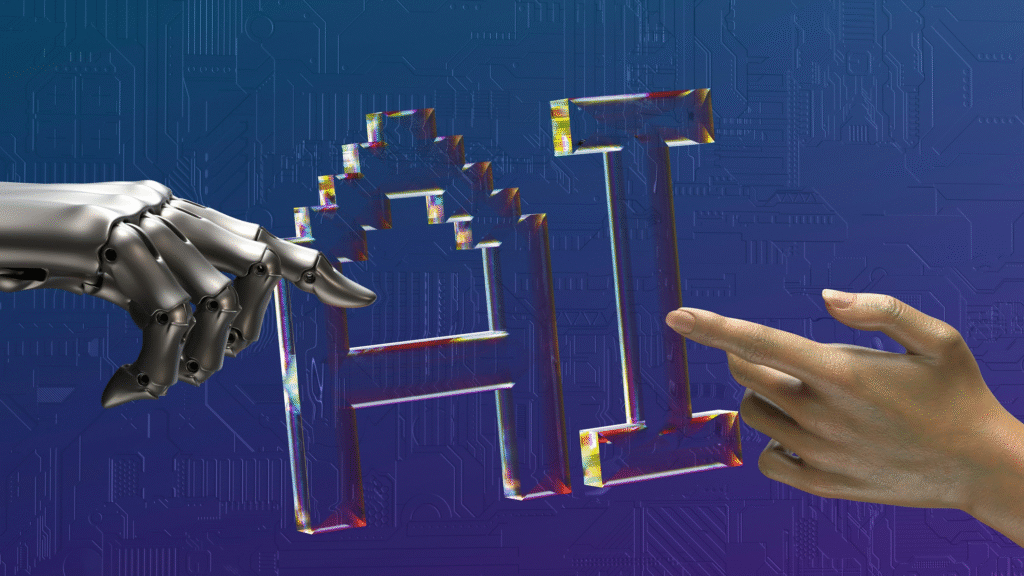
Other major companies, such as Kraft Heinz and Coca-Cola, are also using artificial intelligence for their advertisements. In 2024, Coca-Cola launched AI-created holiday ads, but they received mixed reactions. Some viewers found the computer-generated people in those ads a bit unrealistic and lacking genuine emotion. Mondelez, however, is being more cautious with its use of AI. It is not yet creating advertisements that include human-like faces or figures generated by computers. Instead, the company is focusing on using the tool for visuals, animations, and background designs that match each product’s identity.
Currently, Mondelez is already testing the tool for social media marketing. For instance, its Chips Ahoy cookies in the United States and Milka chocolates in Germany have used AI-generated videos for promotion. One short Milka advertisement, lasting just eight seconds, shows waves of smooth chocolate flowing over a crispy wafer. The background of the ad changes based on the type of audience being targeted — for example, different colors, textures, or lighting depending on age or preference. Halvorson explained that making such high-quality animations would normally cost hundreds of thousands of dollars, but with AI, “this type of set-up is orders of magnitude smaller,” meaning it is far cheaper.
In the U.S., Mondelez also plans to use this tool for Oreo product pages on big e-commerce websites like Amazon and Walmart starting in November. The AI tool will help the company create more dynamic and attractive online product pages, allowing customers to see the products in creative new ways. In the coming months, Mondelez plans to expand the use of the tool further. It will be used for Lacta chocolate and Oreo in Brazil, and Cadbury in the United Kingdom, Halvorson shared. This shows that the company’s AI-driven marketing strategy is not limited to one region—it is being planned globally.
Another senior executive at Mondelez, Tina Vaswani, who serves as vice president of digital enablement and data, emphasized that although AI is being used to create content, human review will always remain essential. She explained that humans will check every piece of content generated by AI before it is published or broadcasted to ensure that it meets the company’s standards and ethical rules. According to a company document, Mondelez has clear policies that prevent the use of AI-generated material promoting unhealthy eating habits, vaping, or over-consumption. The company also bans emotionally manipulative messages and offensive stereotypes from all its marketing campaigns. This ensures that while AI makes things faster and cheaper, the brand continues to act responsibly and protect its reputation.
This careful approach shows that Mondelez is not just chasing trends but is thoughtfully applying technology to benefit both the company and its customers. The company understands that while AI can perform creative tasks quickly, it still needs human judgment to maintain emotional depth, cultural sensitivity, and brand integrity.
AI in advertising has become a growing trend across the world. Many big brands are experimenting with how it can help improve storytelling, reduce production time, and reach audiences more effectively. Traditionally, creating a commercial or video advertisement would take several weeks or even months — from scripting and filming to editing and approval. Each stage also involved spending large amounts of money on equipment, actors, and creative agencies. With AI tools like the one Mondelez has built, much of this process can be automated. AI can generate visuals, design layouts, and even suggest slogans based on what kind of audience the brand wants to reach. This means that brands can quickly create multiple versions of an advertisement and test them online to see which works best.
By cutting costs by up to half, Mondelez can invest the saved money into other areas, such as new product development, packaging innovation, or expanding into new markets. The use of AI could also help smaller teams within the company handle more work with greater efficiency. Instead of depending heavily on outside agencies, Mondelez’s marketing team can take direct control of content creation, making the process faster and more flexible.
However, even as companies like Mondelez embrace AI, they are aware of the challenges that come with it. One of the biggest concerns is ensuring that AI-generated content feels authentic and relatable. Consumers today prefer advertisements that reflect real emotions and experiences, not just fancy visuals. If used carelessly, AI ads could risk appearing too robotic or artificial, which may reduce their emotional impact. That’s why Mondelez’s choice to have human teams review every AI-created piece is a smart move. It allows them to combine the best of both worlds — the speed and cost-efficiency of AI with the creativity and empathy of humans.


